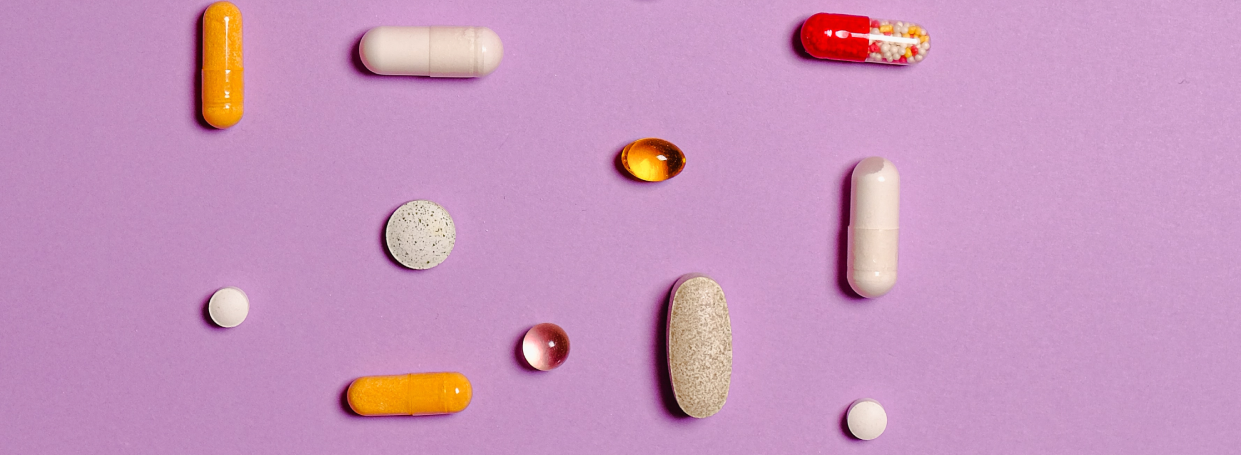

Hypergonadotropic hypogonadism (suspected POI) means that the ovaries produce too few reproductive hormones. This happens due to decreased sensitivity of the cells in the ovaries to gonadotropin hormones (luteinizing hormone, or LH, and follicle-stimulating hormone, or FSH) which are responsible for stimulating the ovaries to produce hormones. As a result, FSH and LH are too high, while estrogen and testosterone are too low. Additionally, a low level of Anti-Mullerian hormone (AMH) can signal primary ovarian insufficiency (POI), a condition where the egg supply is depleted earlier than usual, triggering the onset of menopause before the average age of 40.
This article has been verified by a medical professional
Impact of hypergonadotropic hypogonadism on fertility
Hypergonadotropic hypogonadism can disrupt your menstrual cycle by interfering with egg maturation and ovulation and causing periods to stop (a condition called amenorrhea). Amenorrhea can either be primary (never getting a period) or secondary (periods stop for at least 3-6 months).
Women under 32 with primary ovarian insufficiency generally have the same chances of getting pregnant per cycle as other women their age with a normal egg reserve, but a smaller time frame to build their family. Once the egg reserve is used up and menopause begins, it’s no longer possible to get pregnant.
Potential causes of hypergonadotropic hypogonadism
Here’s what can cause hypergonadotropic hypogonadism:
- Chromosomal abnormalities (Turner syndrome)
- Defects in the enzymes involved in the synthesis of reproductive hormones
- Resistance to gonadotropin hormones due to mutations in the receptors
- Surgery on the reproductive organs
- Autoimmunity
- Cancer treatments
- Infections (such as sexually-transmitted diseases and mumps)
- Certain medications (antiandrogens, opioids)
- Primary ovarian insufficiency
Symptoms of hypergonadotropic hypogonadism
Hypergonadotropic hypogonadism can cause the following physical signs in women:
- Amenorrhea
- Late puberty
- Low sex drive
- Loss of body hair
- Hot flashes
- Infertility
Diagnosis of hypergonadotropic hypogonadism
Healthcare providers use several tests to diagnose hypergonadotropic hypogonadism. After assessing your symptoms and medical history, diagnostic tests may include:
- Physical examination
- Blood tests to check the levels of FSH, LH, estrogen, and AMH
- Genetic tests that look for chromosomal abnormalities
If your tests show low estrogen levels, you may be recommended to get a bone density scan (called a DEXA scan) to check your bone metabolism.
Treatment to improve fertility
Women with hypergonadotropic hypogonadism and suspected POI are recommended to visit a fertility clinic as soon as possible for treatment to have the best chances of getting pregnant. Hormone replacement therapy with estradiol and progesterone can restore balance to your reproductive hormones.
IVF is also a good option to help women with a depleted egg reserve conceive. You can take hormonal medication which stimulates the ovaries to mature and release eggs during ovulation. During IVF, several mature eggs are retrieved from the ovaries, placed in a petri dish together with sperm, and a fertilized egg gets implanted into the uterus. You can choose to freeze eggs or embryos for use in a later IVF cycle, in case you need to try again or want to have another baby later on. If there aren’t enough eggs left in the ovaries, you can also consider using donor eggs for IVF.
This article has been verified by a medical professional
- Pasquale ED et al.: “Hypergonadotropic Ovarian Failure Associated with an Inherited Mutation of Human Bone Morphogenetic Protein-15 (BMP15) Gene.” Am J Hum Genet. 2004;75(1):106-111.
- Filatov M et al.: “Influence of gonadotropins on ovarian follicle growth and development in vivo and in vitro.” Zygote. 2017;25(3):235-243.
- Hypergonadotropic hypogonadism. Fertilitypedia.org. Accessed 18 Oct 2022.
- Franz M: Die sieben Stufen der Amenorrhö. Gynäkologie + Geburtshilfe. 2018;23(4):18-21.
- Hypergonadotropic Hypogonadism. Cancer Therapy Advisor. Accessed 12 December 2022.
- Hypogonadism. MedlinePlus. Accessed 02 January 2022.
You might also like...

Excess vitamin B12 and pregnancy
Excess vitamin B12 during pregnancy can increase the risk of health complications for the baby. Vitamin B12 is an essential vitamin that...

Macrocytic hyperchromic anemia
Macrocytic hyperchromic anemia means that your bone marrow produces unusually large and dark red blood cells. These cells don’t have the nutrients...

Leukopenia
Leukopenia means that you have a low white blood cell count. White blood cells, or leukocytes, are vital to your immune system....

Endometriosis
Endometriosis is a condition where tissue like your uterine lining grows outside the womb: on the ovaries, fallopian tubes, pelvic tissues, or...

Excess folic acid and pregnancy
Folic acid is the synthetic form of folate (vitamin B9). Folate is an essential vitamin that your body needs for cell and...

Microcytic hypochromic anemia
Microcytic hypochromic anemia means that your body has too few red blood cells and these cells are smaller and paler than usual....

Normocytic normochromic anemia
Normocytic normochromic anemia means that you have a low red blood cell count, but your red blood cells have a normal shape,...

Vitamin B12 Deficiency
Vitamin B12 is an essential nutrient that our bodies need to work properly. It helps with nerve function, cell metabolism, and the...




